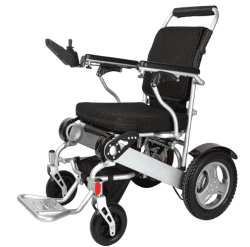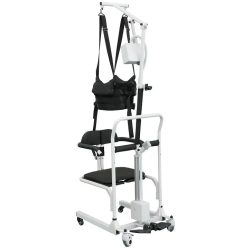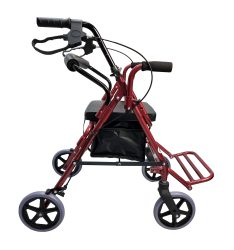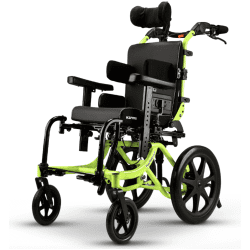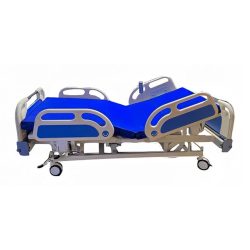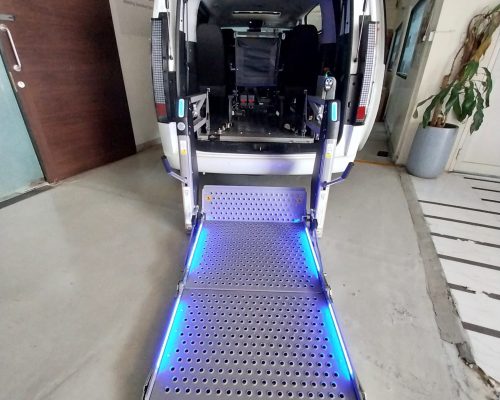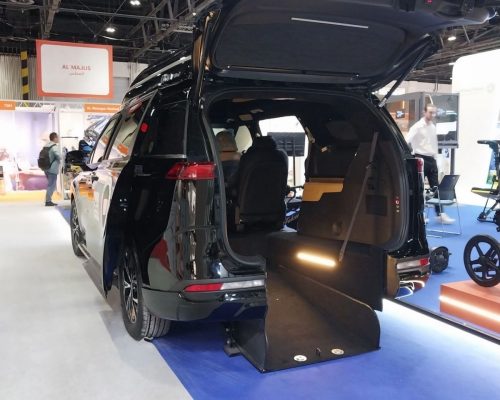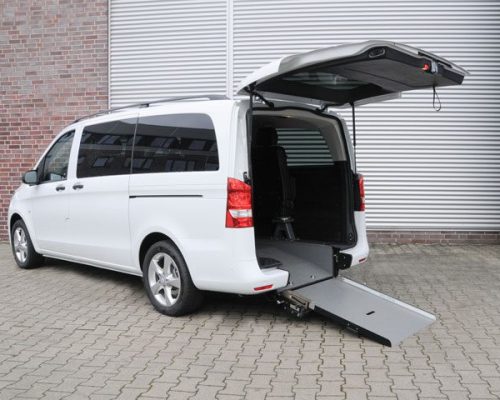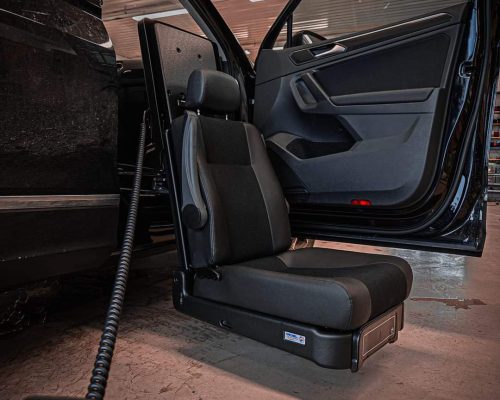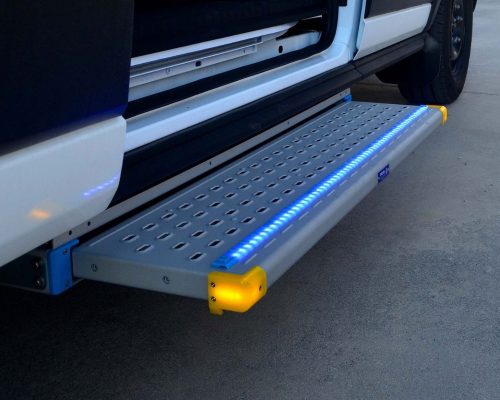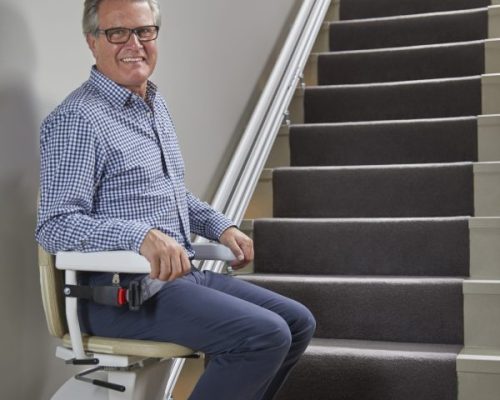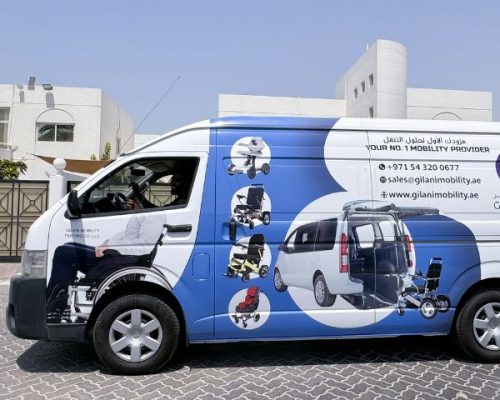Table of Contents
ToggleEmergencies can happen without warning, affecting everyone in their path. For individuals with limited mobility, these situations present unique challenges. Having the right evacuation mobility solutions in place is not just about meeting regulations, it is about saving lives, protecting dignity, and ensuring that no one is left behind. Understanding the critical need for these solutions, who relies on them, and how they connect to broader emergency preparedness is the first step toward building safer, more inclusive environments.
Understanding the Critical Need for Evacuation Mobility Solutions
When disaster strikes, every second counts. People with mobility challenges including those with disabilities, older adults, pregnant women, and individuals with temporary injuries, face increased risks during evacuations. Traditional escape routes may become inaccessible, especially if elevators are out of service or stairs are the only way out. Without specialized equipment and clear plans, these individuals can be left in dangerous situations, unable to evacuate safely.
Evacuation mobility solutions bridge this gap. They provide safe, efficient ways for everyone to exit buildings during emergencies, regardless of physical ability. Their presence demonstrates a commitment to safety, inclusivity, and respect for every person’s right to protection.
Who Needs Evacuation Mobility Equipment and Why It Matters
Evacuation mobility equipment is essential for a wide range of people:
- Individuals with permanent or temporary disabilities
- Elderly persons with reduced strength or balance
- Pregnant women who may struggle with stairs
- People recovering from surgery or injury
- Anyone who may be unable to move quickly in a crisis
Providing this equipment is not only a matter of legal compliance but also a moral responsibility. It ensures that everyone, regardless of ability, has a fair chance to escape harm.
The Link Between Accessibility and Emergency Preparedness
Accessibility and emergency preparedness are deeply connected. An inclusive emergency plan considers the needs of all occupants, not just the majority. This means designing routes, communication, and equipment that everyone can use. Accessible emergency preparedness also involves staff training, clear signage, and regular drills to ensure that plans work in real situations.
Types of Must-Have Evacuation Mobility Solutions
Evacuation Chairs
Evacuation chairs are designed for safe, controlled movement down stairs. They feature secure harnesses, brakes, and sometimes powered tracks, making it possible for trained helpers to assist individuals who cannot use stairs independently. Modern designs are foldable, ergonomic, and easy to store.
Rescue Sleds and Mats
Rescue sleds and mats allow for quick movement across flat surfaces and can help transfer individuals through narrow corridors or crowded spaces. These tools are especially useful when speed is critical and traditional wheelchairs cannot maneuver easily.
Stair Climber Devices
Stair climbers, available in both powered and manual versions, help transport people up or down stairs when elevators are unavailable. They reduce the strain on helpers and offer a safer alternative to carrying someone by hand.
Portable Ramps
Portable ramps eliminate steps and other obstacles, making it possible for wheelchairs, trolleys, and stretchers to move smoothly during evacuations. These ramps are lightweight and can be quickly deployed wherever needed.
Transfer Boards and Slide Sheets
Transfer boards and slide sheets assist in moving people from beds, chairs, or floors onto evacuation devices. They are vital for non-ambulatory individuals who cannot transfer themselves without help.
Foldable Wheelchairs and Rescue Trolleys
Foldable wheelchairs and rescue trolleys offer mobility for those who need to move quickly but cannot walk far. Their compact design ensures they are always ready for use and easy to store in tight spaces.
Key Considerations When Choosing Evacuation Mobility Solutions
Assessing the Mobility Needs of Your Environment or Facility
Each building has unique challenges. Identify who may need help during an emergency – such as elderly individuals, people with disabilities, or those with temporary injuries. Review your layout for barriers like stairs, narrow doorways, and crowded corridors. Understanding these details helps you choose the right evacuation tools for your space.
Compliance with Safety Standards and Accessibility Guidelines
Always select equipment that meets national and local safety regulations. Certified products ensure reliability and help you stay compliant with legal and ethical requirements. Following standards not only protects lives but also demonstrates a strong commitment to safety and inclusion.
Storage, Accessibility, and Ease of Deployment in Real Emergencies
Evacuation equipment should be easy to access, clearly marked, and ready to use. Avoid locking it away or blocking storage areas. Lightweight, user-friendly tools that are visible and quick to deploy can make all the difference when time is critical.
Training Staff and Caregivers for Confident, Safe Use
Training is just as important as the equipment itself. Staff and caregivers must know how to use evacuation tools safely and effectively. Regular drills and refresher sessions build confidence and ensure quick, calm action in real emergencies.
Conclusion
Preparedness and compassion go hand in hand when it comes to emergency evacuation. By investing in the right mobility solutions, training staff, and building inclusive plans, organizations create safer environments for all. Every person deserves to feel secure, valued, and respected even in the most challenging moments. Empowering individuals with the right tools and support ensures that dignity and safety remain at the heart of every evacuation scenario.

